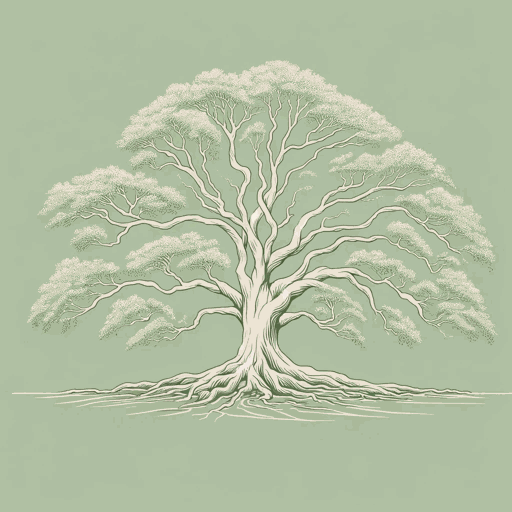66 pages • 2 hours read
Honorée Fanonne JeffersThe Love Songs of W.E.B. Du Bois
Fiction | Novel | Adult | Published in 2021A modern alternative to SparkNotes and CliffsNotes, SuperSummary offers high-quality Study Guides with detailed chapter summaries and analysis of major themes, characters, and more.
Symbols & Motifs
Doubling
Versions of doubling permeate The Love Songs of W.E.B. Du Bois. Readers who peruse the genealogy provided before the novel’s chapters will notice that Ailey’s family line contains an unusually high number of twins. While the reader never meets many of these twins, their presence in the genealogy signals that doubling will be an important motif throughout the novel and across generations.
For instance, Samuel Pinchard and Gandee both prey on young girls and lose interest when the girls reach puberty. Pop George and Uncle Root both live extraordinarily long lives and have reputations as expert storytellers. Mahala and Nana Claire both adore whiteness and think their proximity to it makes them superior to their peers. In some cases, these doubled pairs illustrate the passage of ideals, norms, or tendencies from one generation to the next within the family. In other cases, they indicate that society as a whole has failed to progress over time. In still other cases, they serve as evidence of a spiritual or even supernatural connection between Ailey’s ancestors and their present-day descendants.
The frequency of twins and pairs of characters who serve as each other’s doubles also underscores Du Bois’s concept of double consciousness: the idea that Black Americans exist with two distinct identities, one of which is constantly aware of white society’s perceptions of Blackness.

